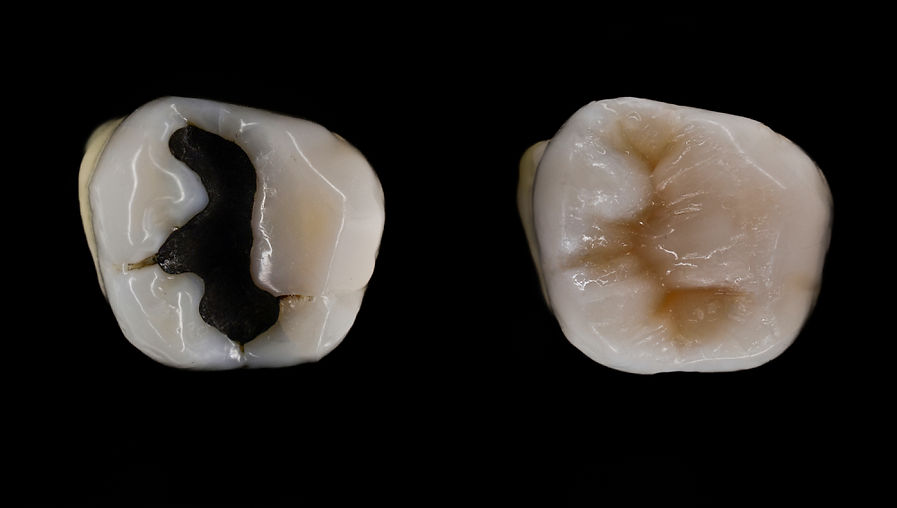Composite Filling
Composite dental fillings are a popular alternative to traditional amalgam (silver) fillings. They are composed of a tooth-colored resin material, usually a blend of plastic and fine glass particles. This composite material is carefully matched to the color of the patient's natural teeth, resulting in a restoration that is virtually indistinguishable from the surrounding tooth structure.
The Advantages of Composite Dental Fillings:
-
Aesthetic Appeal: One of the primary advantages of composite fillings is their ability to provide a seamless, natural-looking restoration. Unlike silver fillings, which are highly visible when you smile or laugh, composite fillings can be precisely matched to the shade of your natural teeth. This allows for a restoration that blends in seamlessly, enhancing the overall appearance of your smile.
-
Conservative Tooth Preparation: Composite fillings require minimal removal of healthy tooth structure during the preparation process. The resin material bonds directly to the tooth enamel and dentin, creating a strong and durable restoration. This conservative approach preserves more of your natural tooth structure, promoting long-term dental health.
-
Versatility: Composite fillings are incredibly versatile and can be used to address various dental concerns. They are suitable for restoring cavities, repairing chipped or cracked teeth, and reshaping irregularly shaped teeth. Composite fillings can also be used for cosmetic purposes, such as closing gaps between teeth or covering stains or discoloration.
-
Bonding Strength: Composite fillings rely on a bonding process to adhere to the tooth structure. This bonding creates a tight seal, effectively preventing bacteria from entering and causing further decay or infection. The strong bond between the composite filling and the tooth enhances the overall strength and durability of the restoration.
-
Durability and Longevity: While composite fillings may not be as long-lasting as certain metal fillings, advancements in material technology have significantly improved their durability. With proper oral hygiene and regular dental care, composite fillings can provide many years of reliable service, allowing you to enjoy a healthy and functional smile.
The Composite Filling Procedure:
-
Examination and Diagnosis: During a dental examination, your dentist will evaluate the tooth that requires a filling and determine if a composite filling is the appropriate treatment option. X-rays may be taken to assess the extent of the decay or damage.
-
Tooth Preparation: The dentist will numb the area around the affected tooth with local anesthesia to ensure your comfort during the procedure. The decayed or damaged portion of the tooth will be carefully removed, and the remaining tooth structure will be cleaned and prepared for the filling.
-
Composite Placement: The dentist will apply the composite material in layers, carefully shaping and sculpting it to match the contours of your tooth. Each layer is hardened using a special curing light, ensuring proper adhesion and strength. The dentist will make any necessary adjustments to the shape and bite to achieve an optimal result.
-
Polishing: Once the filling is in place, the dentist will polish the composite to achieve a smooth surface that matches the natural tooth enamel. This helps prevent staining and promotes a natural shine.
Composite dental fillings offer an excellent restorative solution, combining aesthetic appeal with durability and versatility. With their ability to blend seamlessly with natural tooth structure, composite fillings provide a cosmetically pleasing result while preserving tooth strength and function. Consult with Doctor Aykut to determine if composite fillings are the right choice for restoring your smile and maintaining optimal dental health.





